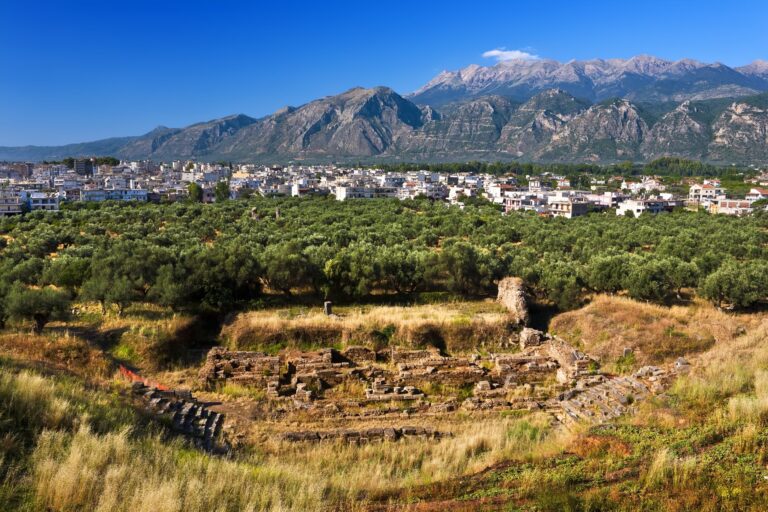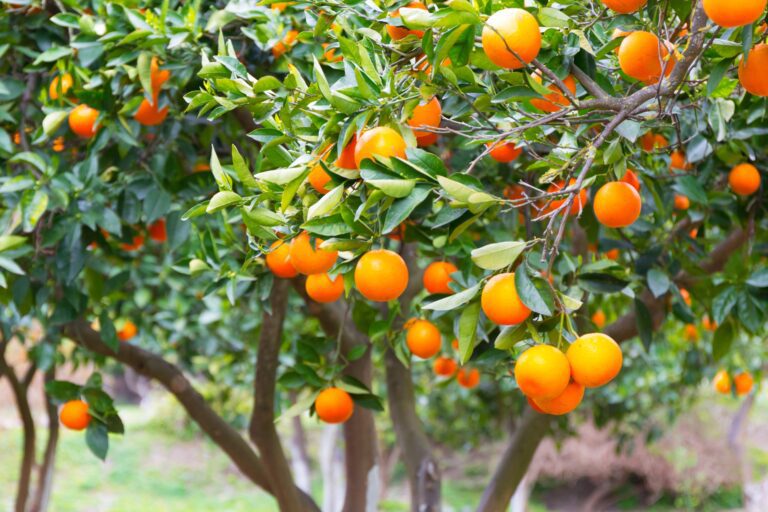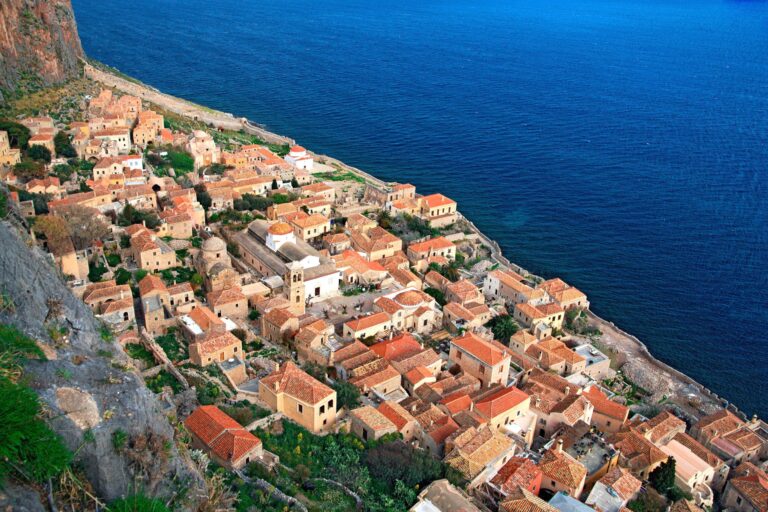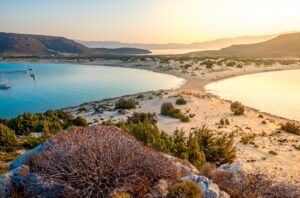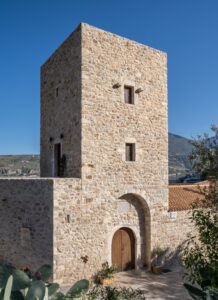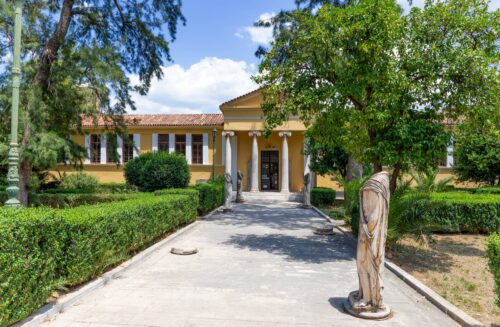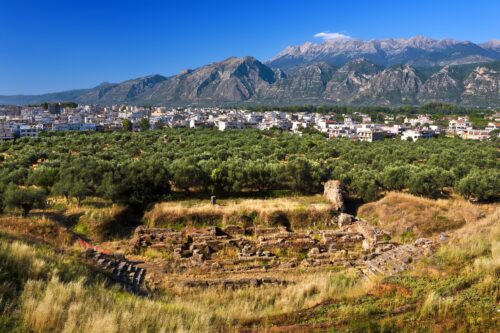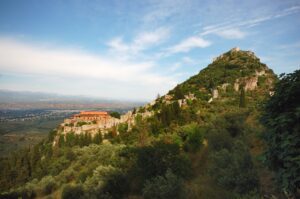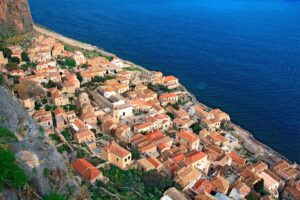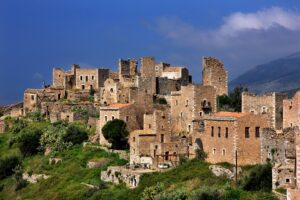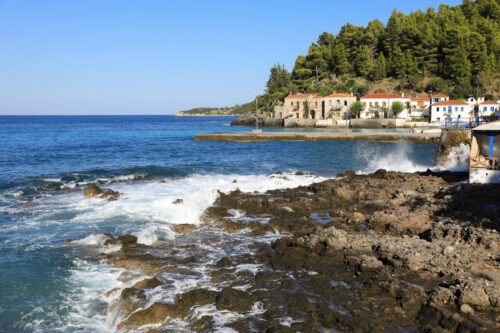Explore great
places in Laconia.
- {{ listingType.name }}
- prev
- next
Unique tours and fun
adventures waiting for you.
What a wonderful world...
Laconia is an experience that animates all of your senses and more. A land of honour, it encompasses lowlands, highlands, and the sea. Its people possess admirable virtues, and its natural beauty is captivating. It's a must-visit destination that you will want to take advantage of. Laconia is truly a paradise.
It constitutes the southernmost prefecture of the Greek and, of course, European mainland. With good reason, it is considered a must-go tourist destination thanks to its morphology of the land, on the one hand, since it ideally combines the mountain and the sea, and its rich history, on the other, as it preserves a wealth of findings from prehistoric times and cultural monuments from ancient times until today.
Ancient temples and theatres, monasteries, castles, caves, nature reserves, alpine trails, and breathtaking beaches are only a few of Laconia’s sights, which bewitch and lure even the most discriminating visitor. Its neighbours are Messenia in the west and Arcadia in the east. Laconia Bay is in the south, Messenia Bay is in the west, and Myrtoo Sea is in the east, all awash in its coastline.
Top spots
to visit in Laconia
Geography,
Demography & Economy
Four boroughs comprise the administration of Laconia: Lacedaemon Borough with its capital Sparta, Gytheion Borough with its capital Gytheio, Epidavrou Limiras with its capital Molaoi, Itilo with its capital Areopolis.
Laconia’s population reaches 100,000 people, a significant percentage of which is the “blood donor” of the agricultural economy. Laconia’s land is renowned for its produce, most of all for its olive oil, which is of exceptional quality known worldwide, its citrus produce (oranges, tangerines, lemons), its farm produce (tomatoes, peppers, aubergines), its honey and its wines.
The morphology of its land offers variety to the landscape, enabling the visitor to enjoy tall mountain ranges, such as Taygetos, with the highest peak in Peloponnese (2.407m) and Parnon (1.961 m), along with the rich plains around Evrotas River, the rocky coastline of Mani and the sandy expanses in the coastline of southeastern Laconia. Laconia’s climate is temperate with minor local changes. Hot summers with cooling winds in the highland, mild autumn and winter, and a unique spring landscape make up its main characteristics.
